Enough to fuel 1.7 million cars.
That's 1.7 million passenger cars running on 85 per cent ethanol-15 per cent petrol, called E85, a year, with sustainable crops annually capable of repeating that fuel production.
It gets even better. Wheat similarly can be refined to produce ethanol. Western Australia is the nation's biggest producer and the latest plans can boost annual output to 540 million litres.
That's part of the good news — and here's part of the bad.
The cost of establishing irrigated land, harvesting, refining and distributing ethanol is very expensive.
To get E85 fuel to a potential 1.7 million cars may push the price of ethanol too close to petrol to be economical for motorists to make the move.
Ethanol isn't especially efficient as a motor fuel. Compared with petrol-fuelled equivalents, E85 cars would have up to 10 per cent degraded performance and up to 30 per cent higher fuel consumption.
Outwardly, ethanol's benefits appear modest at best.
However, consider this: by 2015 our crude oil stocks are forecast to plummet from 85 per cent now to a level where we're about 40 per cent self-sufficient. At that time Australia becomes a major oil importer — with a trade deficit of up to $25 billion a year, reports ABARE — and, because of that, exposed to whatever price and supply fluctuations are dictated by world oil producers.
We could be, to use the vernacular, stuffed.
A similar situation was played out in the US and Brazil in 1973 when the predominantly Arabic OPEC producers sparked retribution for the US and US sympathisers over the Yom Kippur war between Arab nations and Israel.
Simply, OPEC caused the '73 oil crisis by turning off the tap to the US and its supporters.
Brazil, to use that term again, was stuffed. In 1975 it turned, by government decree, to using its enormous sugar cane fields to produce the alcohol, ethanol.
More than 30 years later, 75 per cent of new cars sold in Brazil are compatible for ethanol in varying percentages, from 10 to 85. It's mixed with unleaded petrol.
Many run on 85 per cent ethanol-15 per cent petrol with the fuel known as E85 but most new vehicles are “flex-fuel” cars that are capable of drinking anything from E85 to 100 per cent petrol.
Given Australia has sugar cane crops and vast wheat, barley and corn fields, could we do the same?
Basically, yes. Data from government agriculture departments, ABARE, the Australian Bureau of Statistics, Perth-based consultant Economics Consulting Services and many other sources show ethanol is a viable replacement for petrol — with a few hiccups thrown in for a challenge.
Bureau of Statistics figures of 2004 report there is 440,000ha of land cropped for sugar cane in Australia.
We can get, at best, about 120 tonnes/ha of cane, with a rated extraction of 88.5-litres/tonne, according to ECS and the WA Department of Agriculture.
Do the sums and that equates to 4.6 billion litres of ethanol from existing cane fields. We haven't yet included wheat and other ethanol-producing grains.
If that sounds a lot, it isn't. Australia consumes 25 billion litres of petrol and diesel a year, with
petrol-fuelled cars drinking about 15.8 billion litres a year (ABS).
It's an impressive start, though. If we run E85, we could service almost 35 per cent of passenger car fuel needs just with what we have growing in Queensland cane fields. Right now.
There's more. The WA and Northern Territory governments are poring over submissions from three prospective cane growing and ethanol-producing companies that want to get involved in an expansion of the Ord River project. The plans outline the possibility of 24,000ha of ethanol-producing cane by the Ord River, a water-rich zone in the northeast of WA.
Bring that into the equation and there's a further 255 million litres of E85.
So it's plausible that Australia, perhaps within a decade, could have 4.9 billion litres of E85 ethanol from sugar cane available as motor fuel.
In perspective, that's enough to run 3.2 million Toyota Corollas averaging 10 litres/100km over 15,000km each year on E85.
Here I'll mention that ethanol is a sustainable fuel: it's harvested and regrows in a 12-16 month cycle; as it grows it absorbs carbon dioxide emitted from the exhaust of our cars.
If it sounds too good to be true, you're partially right.
The first hiccup is ensuring permanent water for the crops; crop disease is another factor.
Developing the Ord River expansion would cost about $200 million and need government financial help.
Ethanol is a corrosive alcohol, meaning cars need specialised components to run on E85, although the diluted E10 fuel suits most post-1986 vehicles. Holden exports its Commodore to Brazil to run on E24 and company spokesman John Lindsay says there are “no major issues” in operating on E85.
Flex-fuel cars in Brazil sell for the same price as petrol cars but that may differ in Australia.
Theoretically, ethanol produced in Australia will be cheaper than petrol.
A study by WA-based Economics Consulting Services (ECS) for the WA Department of Agriculture believes ethanol for the domestic market from the proposed Ord River cane fields could be produced at “around 56c/litre delivered to an Australian capital city”, which it says is equivalent to an oil price of $US56 a barrel. Oil is now about $US65 a barrel.
ECS director Murray Meaton stresses the viability of ethanol is tightly bound by the world crude oil price.
“There is a point where, if the oil price falls, it may become uneconomic to produce ethanol,” he says.
The Federal Government has an excise on ethanol and a rebate for producers. The two cancel each other out so, effectively, ethanol at the pump isn't taxed.
That changes in July 2011 when a 2.5c per litre tax applies, rising 2.5c/litre each year until July 2015 when it will be frozen at 12.5c/litre.
The ethanol argument is plausible. Australia can become self-sufficient.
Yet will we overturn our existing reliance on imported crude oil just to feel green?
Even if the answer is yes, it won't happen overnight. It took the country almost two decades from 1985 to switch from leaded to unleaded petrol.
Unlike Brazil in 1973, Australia isn't (yet) up against a wall when it comes to petrol supply and price.



.jpg)
.jpg)



.jpg)
.jpg)
.jpg)


.jpg)
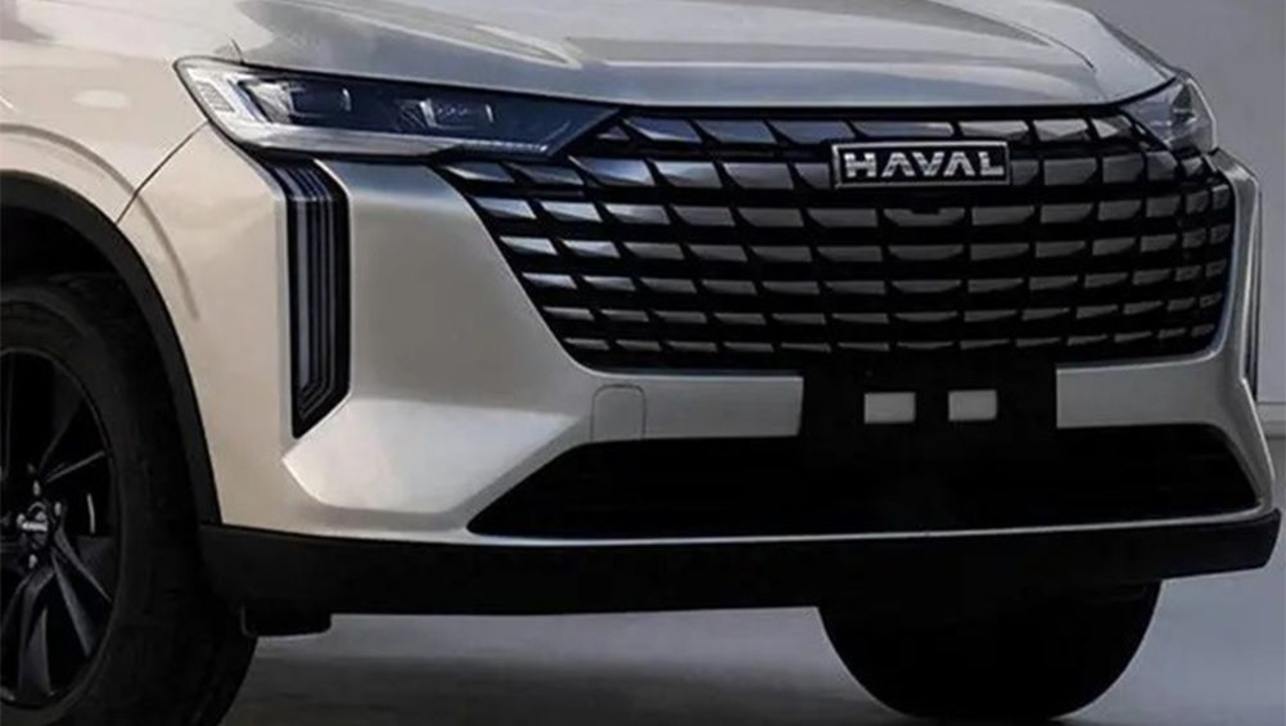
.jpg)
.jpg)

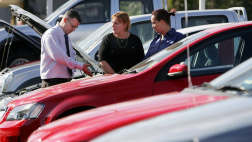
.jpg)
.jpg)
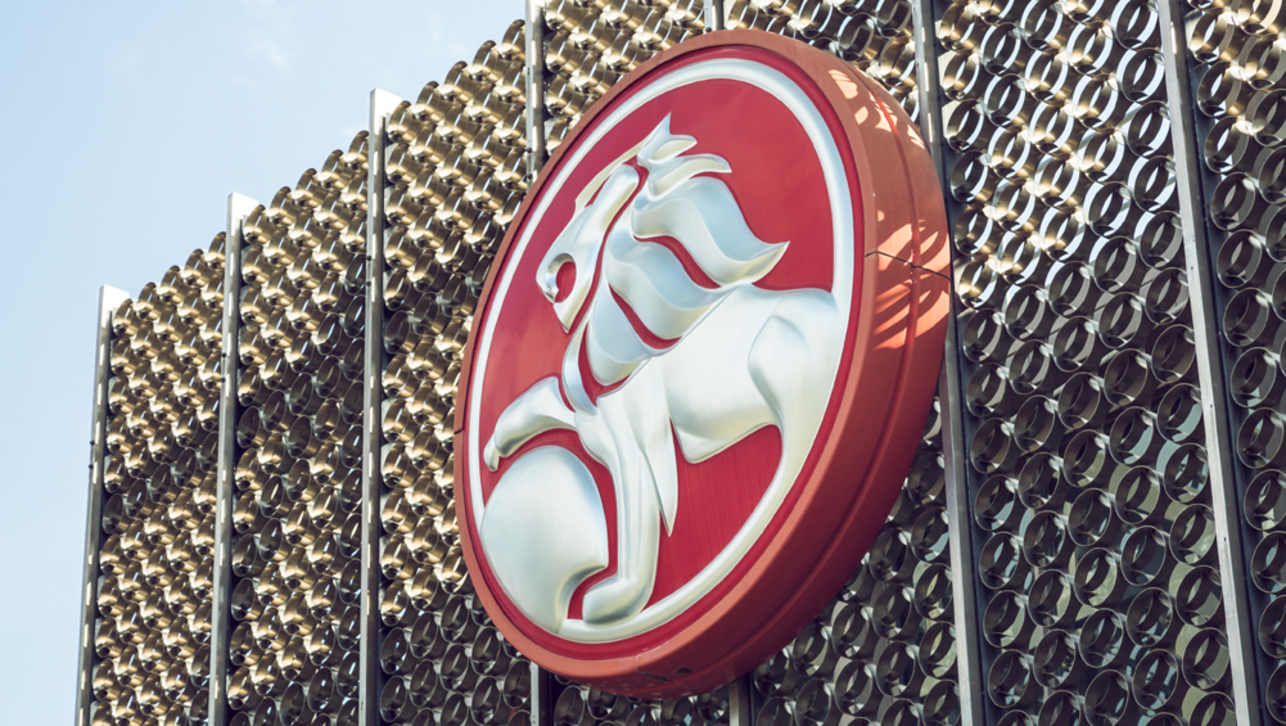
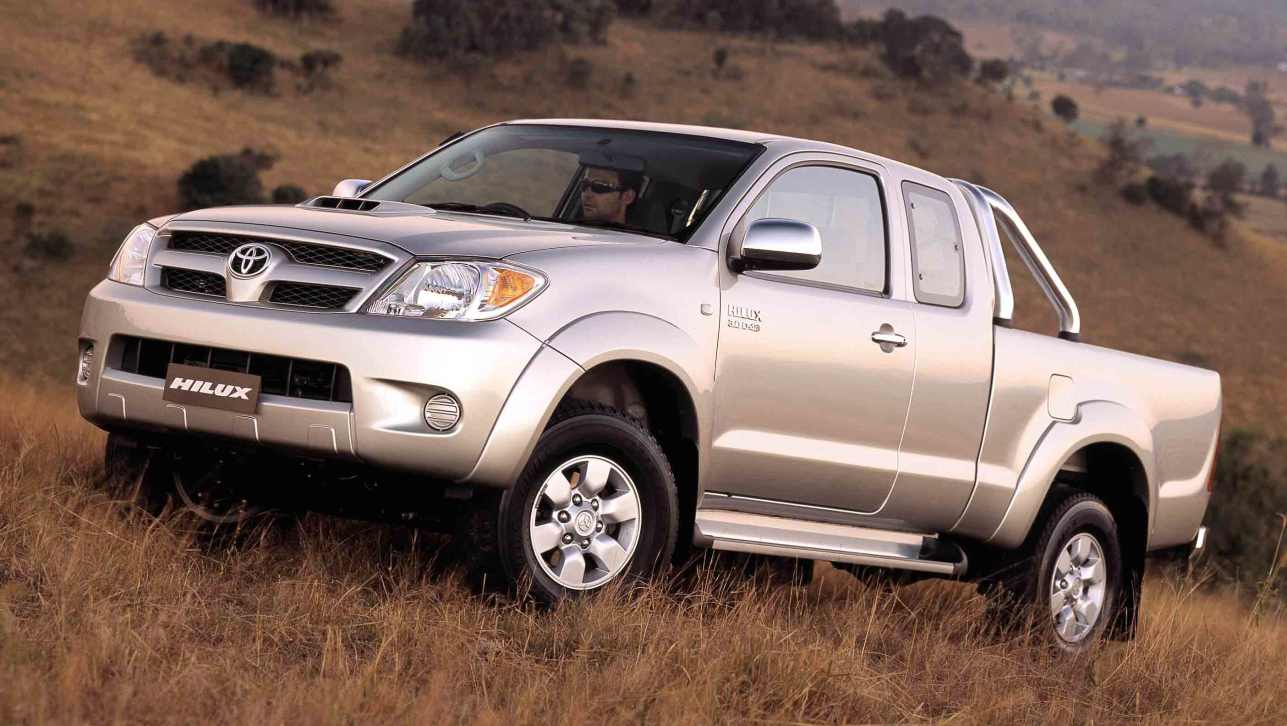
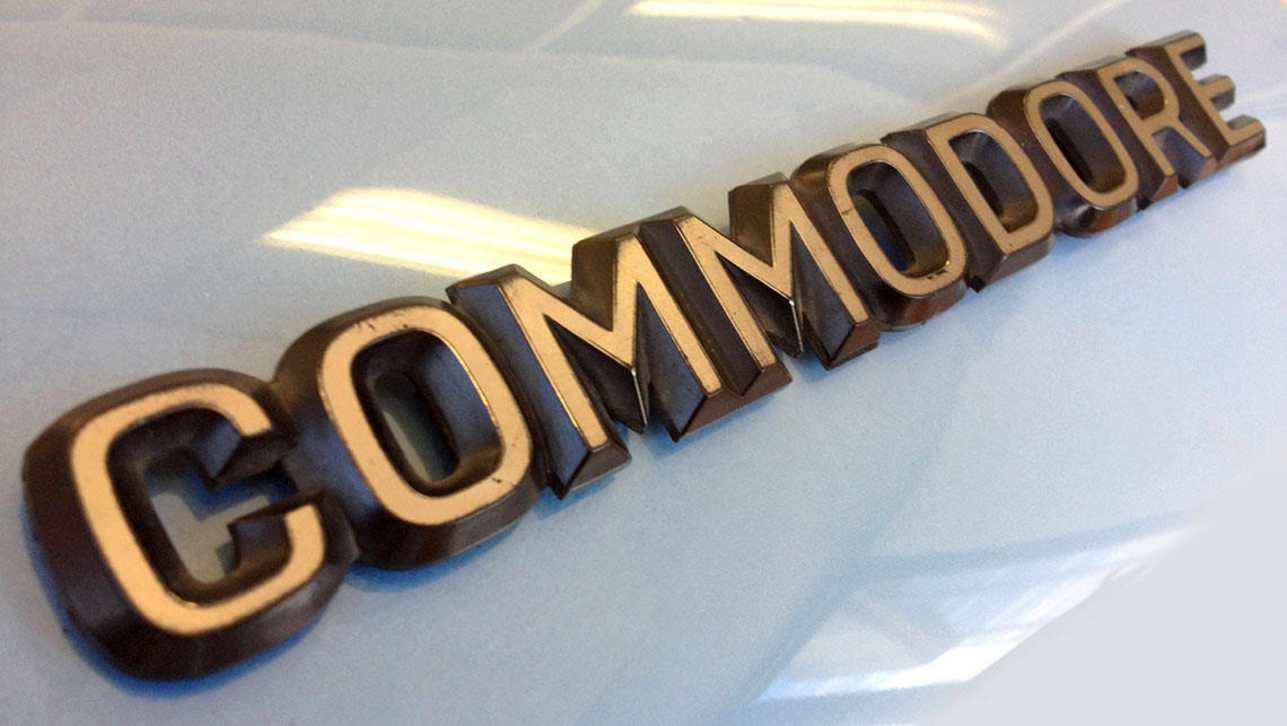





Comments